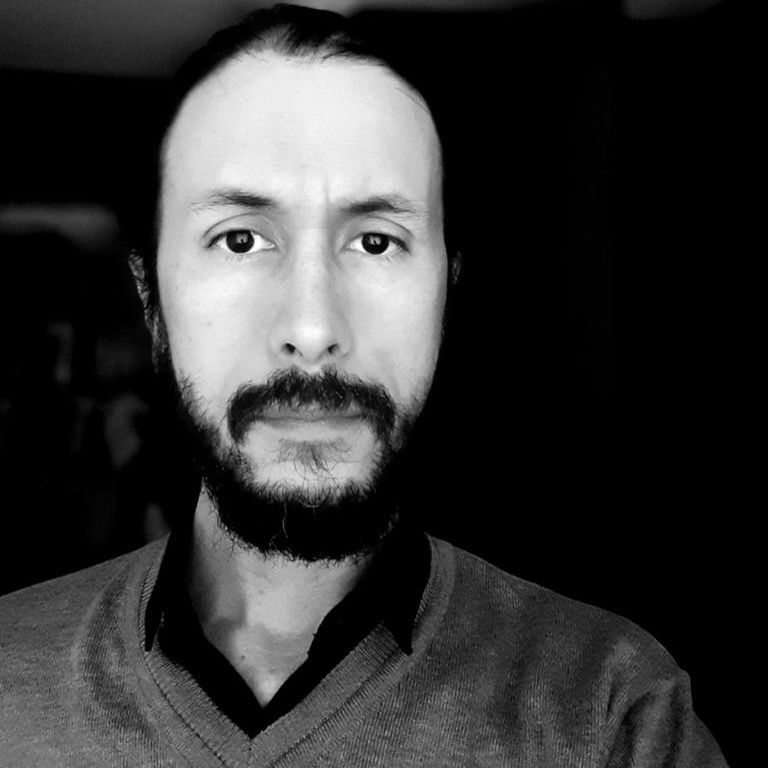Leonardo Prieto
Connecting Architecture Italy & Colombia

BIOGRAPHY
Born in Bogotá in 1980, he graduated in Architecture at the Universidad Nacional de Colombia, Bogotá, in 2003. In 2010 he obtained a Master’s degree at the same University with the thesis: Rogelio Salmona, compositor de percepciones. Revisión del papel de la modanatura dentro de la representación arquitectónica, directed by the architect Rodrigo Cortes Solano; this work received the Tesis Laureada mention as an academic work of excellence, which is why it was published as a book by the same University (Prieto Fandiño, J.L. (2013). Rogelio Salmona, compositor de percepciones. Revisión del papel de la modénature en la representación arquitectónica. Bogotá: Editorial Universidad Nacional). In the second semester of 2007 he was a lecturer at the Universidad Nacional de Colombia, Bogotá, School of Urbanism and Architecture. In 2010 he was an invited lecturer at the Escuela Taller de Bogotá and in October he collaborated on the exhibition: Lectura de una obra en fragmentos, dedicated to the work of architect Rogelio Salmona. Over the years, Leonardo Prieto has also worked on his own as a designer, building several single-family houses and participating in various activities at different institutions. In Bologna, he participated by invitation in the meetings New professionalism for building quality and sustainable urban landscape, held at the Centro Studi dell’Abitare Oikos. He also participated in the training programme for professionals with direct specialisation in the treatment of urban space and natural and historical conservation areas – Study of intervention processes in conservation spaces, analysis of specific cases, by the Emilia Romagna Region and the Province of Bologna.
Connecting Architecture Italy & Colombia
Contemporary Colombian architecture is the result of a wide and varied set of ethnic, geographical, cultural and historical influences. This can be perceived in the relationship with the territory and nature of the original indigenous pre-Columbian populations, in the sensorial and symbolic cosmogony of African cultures, and in the very definition of the cities founded by the Spanish colonizers, materialized by the checkerboard plan and the typology of the court house, heir to the Roman impluvium. From this melting pot came the foundations of modern Colombian architecture, which began to revise itself with the creation, at the National University of Colombia, of Colombia’s first faculty of architecture in 1934. The German architect Leopoldo Rother and the Italian Bruno Violi participated, as well as other Colombian architects who had studied in European and American universities and then returned to their homeland. The main figures of 20th-century Colombian architecture studied here, including Rogelio Salmona and Germán Samper who, after working in Le Corbusier’s studio in France, returned to Colombia and, together with other architects of their contemporaries, laid the foundations of what is now contemporary Colombian architecture. Understanding how Colombia – the subject of this analysis – as well as other Latin American countries, have been workshops of experimentation, dense with articulations that can be traced back to the union of local and European aspects, provides valuable keys to better understanding some aspects and some of the most important innovations in contemporary architecture.